|
There are some days when homeschool is just clicking right along: everyone's doing their work, no one's fussing, you are glowing with tomorrow's expectation of making an Egyptian sphinx out of paper mache and a ping-pong ball...but then you wake up. You wake up to kids screaming about the insanity of having to write complete sentences for spelling and the lunacy of having to memorize the multiplication charts when calculators exist.
This post may contain affiliate links. We make a small commission on purchases made through these links at no charge to you, and these help keep this website going. We thank you for your support. And that's not a day but a season....weeks upon weeks of difficulty, and you're starting to threaten to send them to public school, or even residential military academy. First off, breathe. Take a break. Take a week off -- yes, an entire week off -- and have your children do nothing but read for homeschool. Whatever they want, but they have to read at least an hour a day. Bake cookies. Go play outside. Then, talk to your kids about what they want out of their homeschool. In this season when homeschool isn't working, try making these eleven changes to get your homeschool from being torture for all, to something everyone can enjoy. Don't recreate public school You are homeschooling -- you left public or private school, so don't try to recreate it. Have homeschool during the time of day that is best for the kids. For my daughter, that's in the morning, after her ADHD meds have kicked in. She takes her meds and eats breakfast while watching an educational video on YouTube or listens to me read to her. While a desk is an important piece of furniture for homeschool, not all of homeschool needs to be done at a table or desk. Sometimes, doing spelling words or reading a history book on the couch is perfectly fine. If your teen gets her algebra work done on her favorite recliner, it's okay. When we start out homeschool, sometimes we come with pre-determined ideas of what "school" should look like. Homeschool is what you create it to be. If your kids thrive on having a dedicated homeschool space with desks lined up in rows, okay. If your kids thrive on doing their work on the floor or couch, okay. But don't try to recreate something that you left. Teach according to the learning style Some kids can grasp concepts by reading about them; some kids learn by listening; some learn by doing. Still others cannot be still if their lives depended on it. All kids have different learning styles. If you have a wriggly kid, forcing him to sit and not move will not help his learning. This wriggle seat will help kids move while learning. If you're not teaching according to your child's learning style, that can cause a great deal of problems: stress, anxiety, and behavior issues. You can assess your child's learning style and learn how to teach accordingly through this book, Discover Your Child's Learning Style: Children Learn in Unique Ways - Here's the Key to Every Child's Learning Success, by Mariaemma WIllis and Victoria Kindle Hodson. Rigidity One thing we have to be careful about is being too rigid in homeschool. Harshness in teaching can result in losing the love of learning, and that is a lifelong sentence. Just like adults who need a break every now and then, children do, too. In our homeschool, my daughter can get up anytime for a glass of water or use the bathroom. She doesn't have to raise her hand. This is her home, for pity's sake. Her school is her home, and her home is her school. Inward Clock Like I wrote above, homeschool during the time of day that makes the most sense for you and your child. If your teen is barely conscious during the morning, but ready to learn in the evening, save the lessons for the evening. If your child loves to get up at 7 a.m., start homeschool then. Fighting the natural rhythm only makes for kids who are fighting fatigue. On the other hand, if it's a matter of getting enough hours of sleep, reinforce a bedtime routine and time that will enable your child to succeed. Plus, you need a break -- send the kids to bed earlier, and you can have one. Cut down the distractions When I make doctor appointments, I try really hard to make them in the afternoons, after homeschool. I make it a point to tell my adult children that I'm homeschooling their sister during these hours, so don't interrupt. I don't answer the phone unless it's my husband or if I'm expecting a phone call. Recently, I moved our homeschool space from our dining room to a room that had been a guest room / office. The availability of a door that I can close to keep our cats out, and creating a space dedicated to learning, has made a huge difference. Computer This one goes to learning styles, too, to some degree. Some kids do better with online learning than others. Some kids cannot handle computer-based learning from a developmental standpoint. Kindergarten, first, and second grades should be done in-person, play-based, and focused on developing the love of learning, with steadily increased academic responsibility based on the grade. Third grade would be the first time I'd introduce online learning, and that is just for a little while: math games and such. My daughter is in the 5th grade, and I get her to input her spelling words when we make a word search that we download and print out. Conversely, if you want to introduce computer and technology courses to your homeschool, check out the amazing curriculum by SchoolhouseTeachers.com. Using the wrong curriculum Teachers in public schools are stuck with curriculum that has been purchased for the year, even if the kids aren't doing well with it. You are not bound by that! If a curriculum is just not working out, ditch it and find something else. Once I was using a language arts curriculum that my daughter and I just struggled with -- and I ditched it, bought a little grammar booklet from a teacher's supply store in town, and we were so much happier. But had I stayed with that one that didn't work, it would have meant tantrums, whining, and not wanting to do the work. Find something that works for you and your kids. Organize My single biggest issue with being a homeschool mom is being disorganized, and this is where I struggle the most. It's hard to maintain all the curriculum, the supplies, the endless line of crayons, etc. Take a couple of days, and you and your kids "homeschool" by organizing all the supplies, the books, notebooks, spaces, etc. Teaching organization is one of the best things you can impart to your kids. Being disorganized and spending precious time trying to locate a certain notebook, a pencil sharpener, or book is one of the fastest ways to lose that homeschool spark. Get buy-in from kids If you and your husband, and your kids, have made the decision together to homeschool, the kids need to understand that their buy-in to homeschooling is a daily activity. They need to realize (through conversations and living this daily with parents) that this is their education, and they need to make the most of it. Homeschoolers have the potential to do so much more than their public school counterparts, as homeschoolers are not limited by the number of credits they can or cannot have, or the types of classes they take. High schoolers, particularly juniors and seniors, can take college classes at their local community colleges that will also count on their high school transcripts -- and get some general ed collegiate classes out of the way. Elementary and middle school-aged kids can explore topics they are interested in, such as a year-long class in astronomy, for example, or take as much time studying the Middle Ages if that's their interest. Presented like this to your children, they will be more inclined to give total buy-in and want to do homeschool. School is so much better if you're studying something of interest. Social: Too Little or Too Much Ah, yes, The social question. Like it or not, this can be a deal-breaker for kids. If they're not getting enough social time with their friends (especially if you pulled them from a public or private school), they may resent homeschooling and buck it altogether. Listen: just because you pull your kids from institutional learning, doesn't mean you must eliminate the friendships they have made, unless those friendships were more bullying than not. If the friends come from homes that do not share your values, have the kids get together at your house. Make your house friend-friendly. If you have the room and funds to do it, invest in some games like a video game system, or a transformable pool/game table even, to encourage group activities at your house. Be the "cool mom" that supplies chips, cookies, and sodas. Don't hover, but do keep a listening ear. Show the love of Christ to your child's friends -- who knows, as it says in the book of Esther, you may be the one to share the Gospel to the future Billy Graham. For girls, especially, invite them over for a Cookie Day where you and the girls make tons of different cookies. They will all love that. Conversely, homeschoolers tend to be so worried about getting a lot of social time in that academics suffer. Joining in every park day, homeschool group activity, or meet-up at the expense of academics isn't good, either. If you child is involved in a group sport such as gymnastics or soccer, plus a fun homeschool group activity (such as a group field trip, park day, or even getting together to make cookies or crafts), that should be plenty for a week. Kids need to have unstructured friend time, too, but having structured social time more than twice a week is a bit much. We tend to think that public school kids are socialized but in reality, the only socialization they have is during recess and lunch, and even that may be taken away based on group behaviors. In other words, I wouldn't worry about the social aspect; let your child have friends over, do a group activity once a week, and enjoy the time you have. Not enough fun One of the greatest things about homeschool is that you can have fun while learning. Studying Ancient Egypt? Make mummies out of dolls. Make papyrus paper. Write a play about some historical event and act it out as a family. Have a spelling bee. Allow your kids to create a historical place in Mindcraft as a project (pyramids, a Medieval village, the Alamo...). Have homeschool using board games for one entire day, or week. Watch documentaries on Amazon Prime or another streaming system for a whole day, with popcorn. If your kids are stuck doing workbooks, online learning, or other seat work day after day, their buy-in will be negative zero. The beauty of homeschool is the ability to instill in a love of learning and have fun doing it. Invest in a subscription box, like the one from this blog, that features fun and quirky things for you and your homeschooling kids, either one time or as an annual subscription. This fun box livens up the day and weeks afterward. If something isn't working in your homeschool, change it. There are no hard-and-fast rules here. If you see something that needs fixing, do it. You are the administrator and teacher of your homeschool, and can make those decisions. In Christ, Terrie (c) 2020 Terrie Bentley McKee ALL RIGHTS RESERVED
1 Comment
When I was a little girl at Dilworth Elementary in Charlotte, North Carolina, November meant one thing: Thanksgiving break. It seemed like every classroom in every grade took a hiatus from the normal curriculum and focused on Native Americans, Pilgrims, cornucopias, pumpkins....the things of fall.
This post may contain affiliate links. When you click on these links to purchase items, I receive a small commission at no charge to you. This helps provide for this website and put food on my table. My family and I are very appreciative. There are some good things about public school, and the fun activities around holidays are right up there at the top. Homeschoolers, though, can have a lot of fun -- and educational time -- around holidays, too. In fact, we can take a lot of time and focus more on the meanings behind holidays. When Laura was in the third grade, somehow, by the grace of God, our natural progression in history landed us squarely at the Pilgrims' landing at Plymouth. Most of the time, I can guarantee that history class won't be so accommodating. I doubt this year's lessons of Ancient Egypt will have us feasting with Native Americans and Pilgrims on corn, pumpkins, and venison. Homeschooling at Thanksgiving offers a cornucopia (sorry, couldn't resist) of lesson ideas that can supplement what you're doing in homeschool, even if it has nothing to do with Pilgrims. Gratitude is always a good lesson to reiterate, as is why Pilgrims landed at Plymouth. Escaping religious persecution and placing faith in God first are always good things to discuss. Provide pens and copies of this "Three Things I'm Thankful For" activity for guests and family to complete. Then, share what you have written. You can also trade papers and have people try to guess the authors. In our home, Thanksgiving is an all-hands-on-deck affair. We start on Tuesday, giving the kitchen a good cleaning and washing any special serving dishes we may need. We make a list of all the food to be purchased -- use this handy worksheet! -- and make a plan to cook dishes so that everything is done at the same time. It's also on Tuesday I make my Cranberry Relish, as it's so much better when it's had a couple of days in the refrigerator, although this year, my daughter will learn how to make it. For busy Thanksgiving Day mornings, I like to have breakfast already made so people can help themselves. A cherished family delight,Pumpkin Chip Muffins is always a hit on Thanksgiving Day morning -- or really, any time during fall and winter months. My kids have always enjoyed helping me decorate for Thanksgiving. It helps when you have some cute decorations, like this"thankful" banner or this adorably cute Thanksgiving tablecloth. Of course, homeschooling at Thanksgiving would not be complete without some Pilgrim attire... Kids love books about Thanksgiving, and one of my most favorite books is one I've had since I was a girl. Cranberry Thanksgiving by Wende Devlin disappeared for a long time, but now it's back with a simple, heartwarming message and a delightful bread recipe to bake. Several bloggers have put together activities, unit studies, and curriculum to go along with the Thanksgiving holiday. Here they are: Rabbit Trails Through Thanksgiving by This Bit of Life Intentional Activities for Kids -- Thanksgiving Scavenger Hunt by Intentional in Life Free Fall Thankfulness Journal for Kids by Kingdom First Motherhood The Thanksgiving Jar -- A 30 Days of Gratitude Printable by They Call Me Blessed Thanksgiving Book List Free Printable and a Thanksgiving Morning Time Resource Pack by Humility & Doxology Year Round Homeschooling has a veritable cornucopia of Thanksgiving resources I Choose Joy has these Fun Activities for Kids to do on Thanksgiving Day Music in Our Homeschool features this Free 15-Minute Music Lesson for Thanksgiving You can discover the history behind Thanksgiving and why we celebrate it with the e-book What Was the First Thanksgiving?. Filled with historical background on the Pilgrims and the reasons behind their voyage to the New World, the native Wampanoag tribe, the difficulties both groups encountered, plus the reason that Thanksgiving was made into a national holiday and more! Includes maps, paintings, and illustrations. Thanksgiving is a time of reflection, giving thanks for all of God's provision. This year, my mother died on October 1 after a very brief battle with metastatic lung cancer. So this will be a very different holiday season. Yet, because of Jesus, I am filled with the hope of heaven and that one day, I will see her again, all because Christ was her Savior. Enter his gates with thanksgiving and his courts with praise; give thanks to him and praise his name. For the Lord is good and his love endures forever; his faithfulness continues through all generations. (Psalm 100:4-5) I thank God for each of you who read my posts and follow me on social media. From the bottom of my heart, thank you for your support. In Christ, Terrie |
AuthorTerrie Bentley McKee is an author and speaker who homeschools her youngest daughter. Married to her husband Greg, they have four children, all of whom have special needs of varying degrees. Terrie is a follower of Jesus Christ and tries to glorify God in all she does. To read more about her testimony, click here. Affiliate LinksHomeschooling One Child is a participant in the Amazon Services LLC Associates Program, an affiliate advertising program designed to provide a means for sites to earn advertising fees by advertising and linking to amazon.com. Check out our YouTube channel!Check out our podcast!Please pin!Archives
January 2024
Categories
All
|
- Home
- Blog
- Podcast
-
Resources
- Teach What is Good Devotional
-
Convention Resources
>
- Homeschooling a Teen with Autism
- Tips on Creating a Disability-Inclusive Church
- How to Teach Your Exceptional Child about Faith
- Homeschooling Preschoolers with Autism
- How to Pick Developmentally Appropriate Curriculum for your Autistic Child
- Overwhelmed
- Homeschooling One Child
- Life Skills Chickens
- Strategies on Homeschooling Kids with Special Needs
- About Us >
- Vlog
- Homeschooling News
- Printables
- Special Needs
- Curriculum
- Encouragement
- Home Management >
- History
- Science
- 25 Days of Advent
- Courses
- Store
(C) 2023 Terrie Bentley McKee ALL RIGHTS RESERVED
- Home
- Blog
- Podcast
-
Resources
- Teach What is Good Devotional
-
Convention Resources
>
- Homeschooling a Teen with Autism
- Tips on Creating a Disability-Inclusive Church
- How to Teach Your Exceptional Child about Faith
- Homeschooling Preschoolers with Autism
- How to Pick Developmentally Appropriate Curriculum for your Autistic Child
- Overwhelmed
- Homeschooling One Child
- Life Skills Chickens
- Strategies on Homeschooling Kids with Special Needs
- About Us >
- Vlog
- Homeschooling News
- Printables
- Special Needs
- Curriculum
- Encouragement
- Home Management >
- History
- Science
- 25 Days of Advent
- Courses
- Store

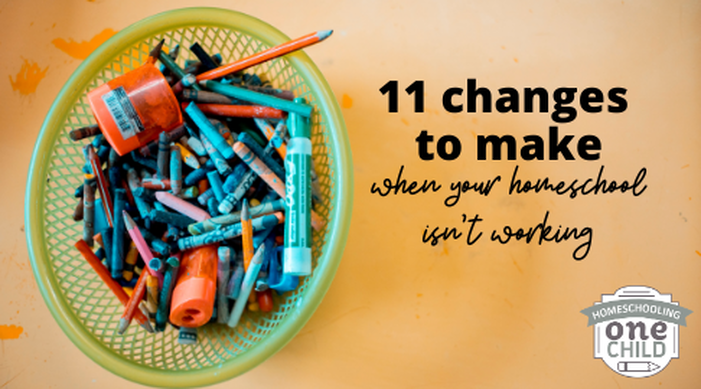
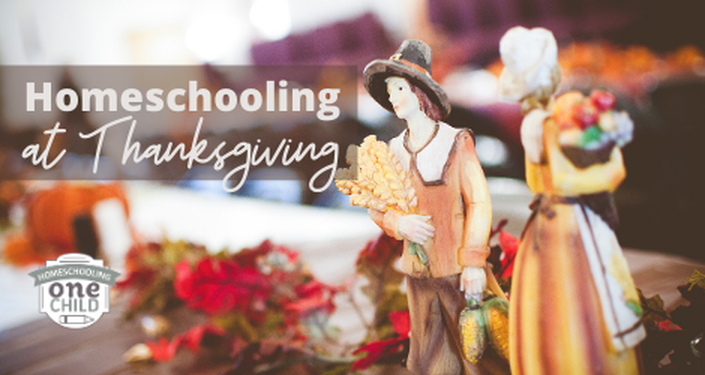

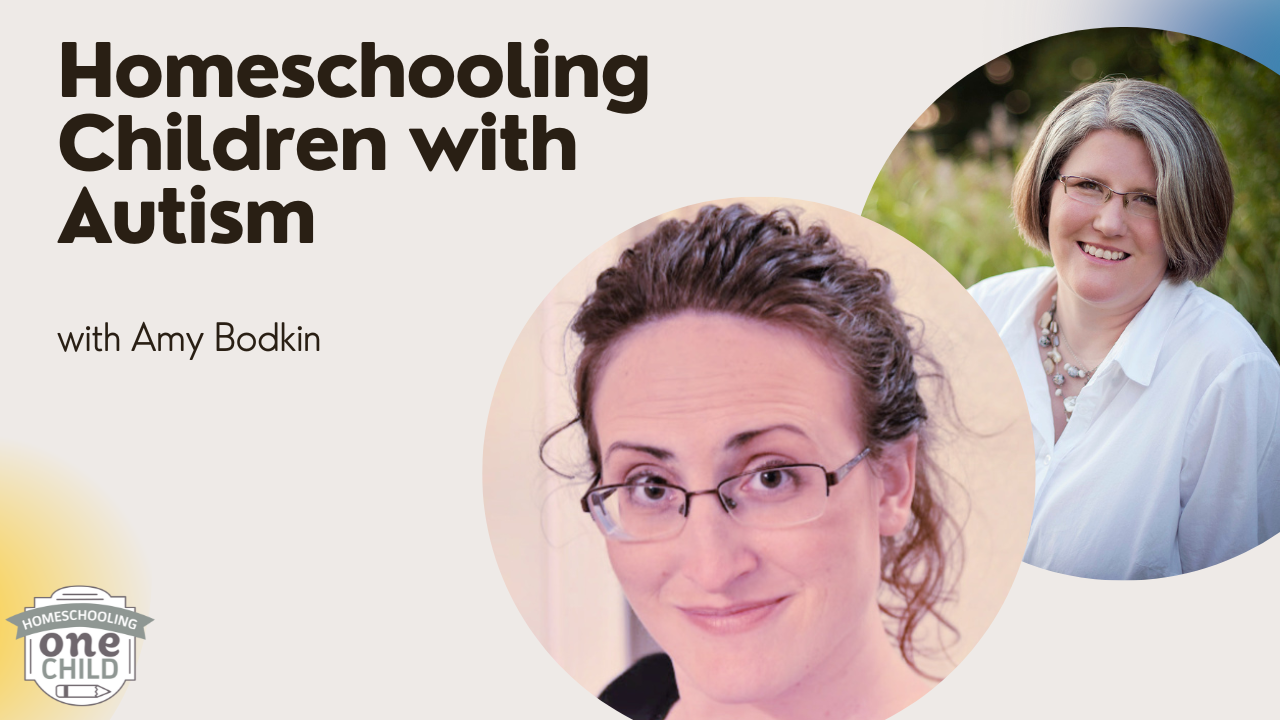
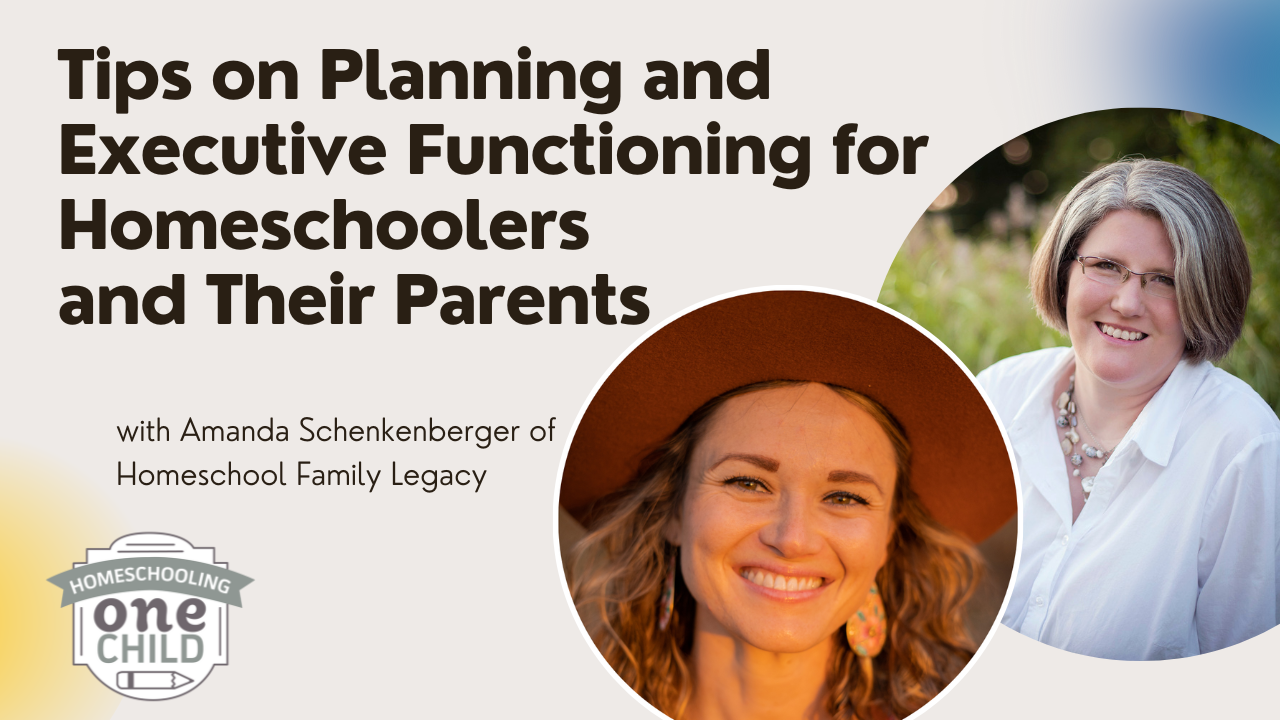
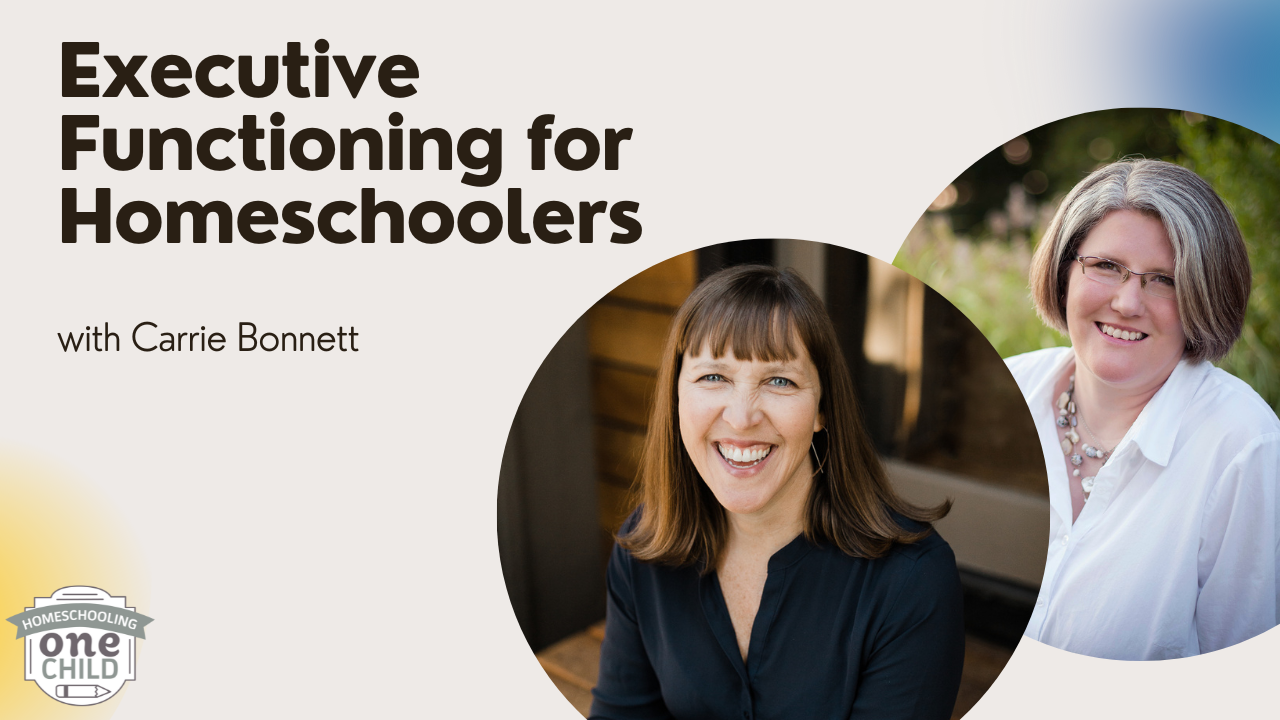
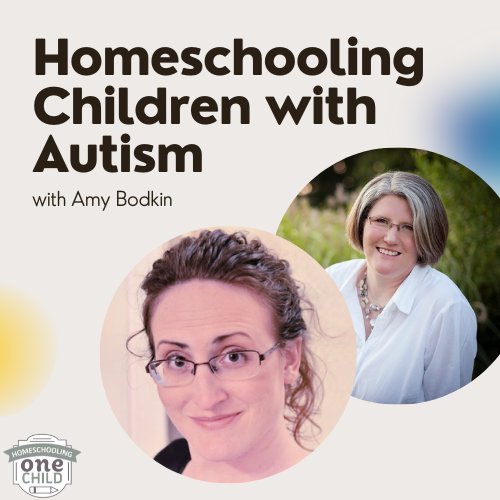
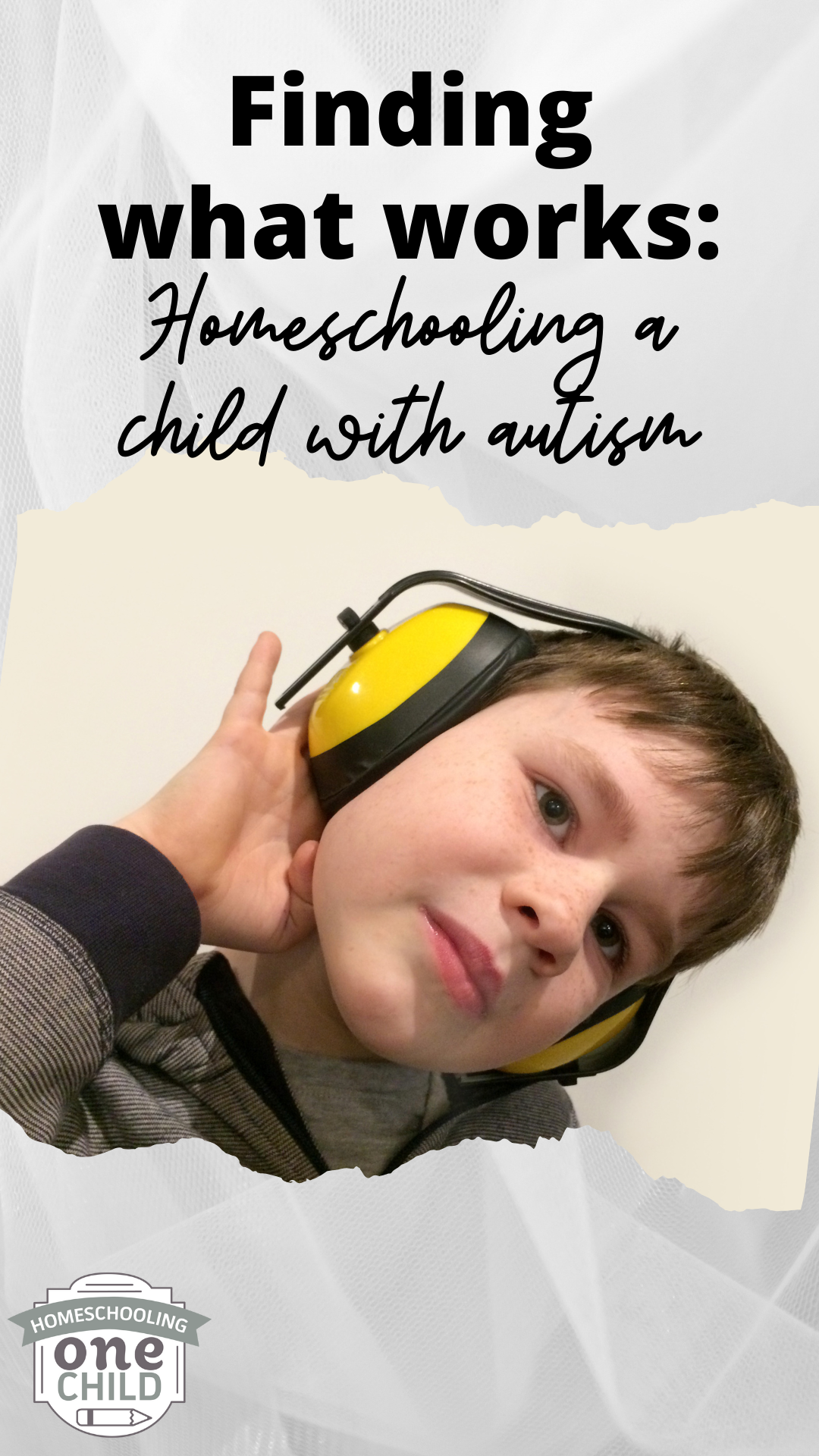
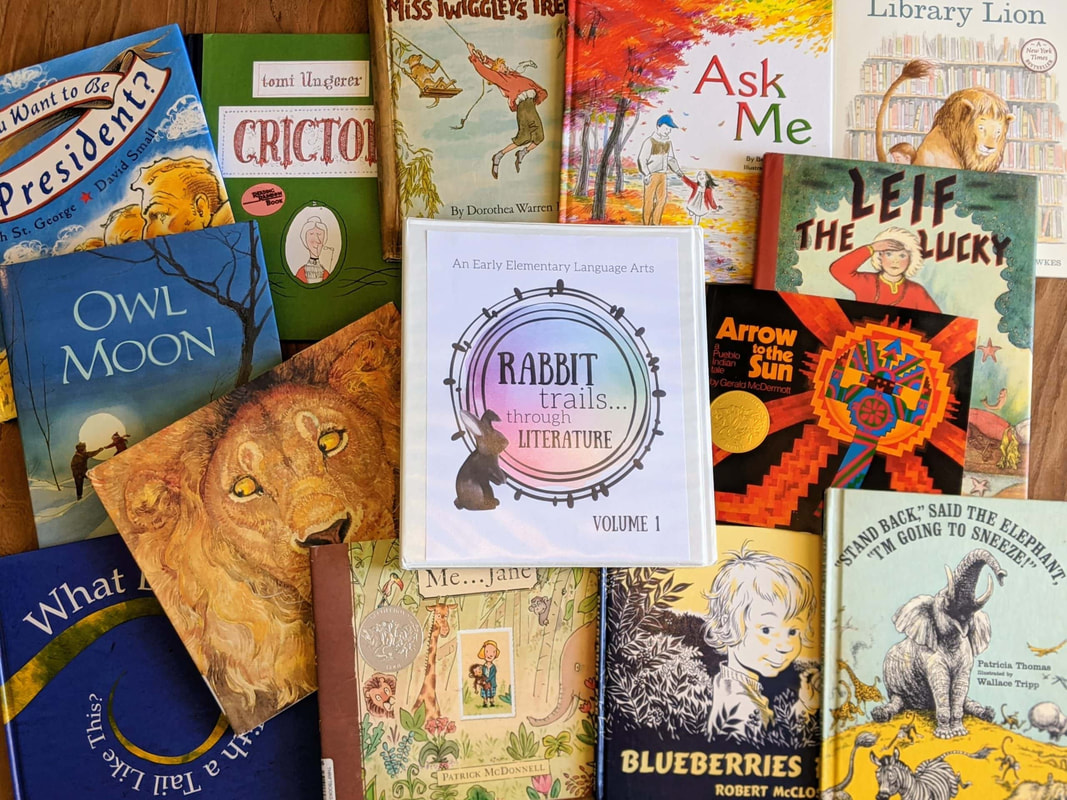
 RSS Feed
RSS Feed
